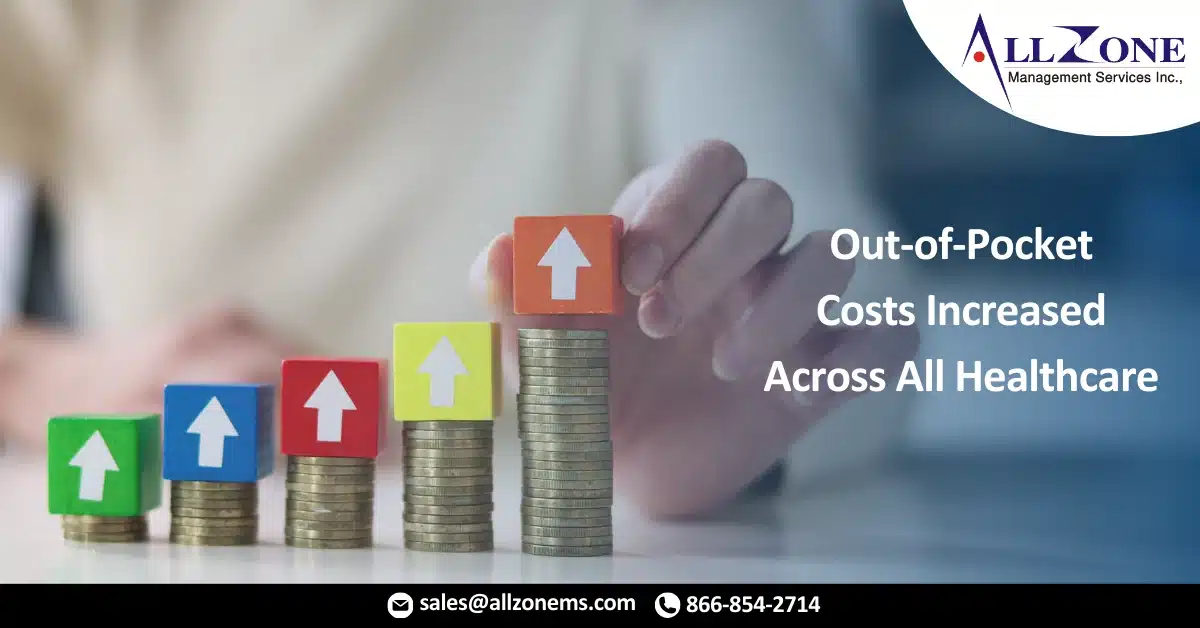Patients experienced out-of-pocket increases as high as 12% for their healthcare costs last year, according to a new analysis by TransUnion Healthcare.
Released this week at the 2019 Healthcare Financial Management Association Annual Conference in Orlando, Florida, the analysis shows increases occurred in all categories including inpatient, outpatient and emergency department (ED) care.
Specifically, inpatient care costs between 2017 and 2018 went up an average of $573 per person, and outpatient costs went up an average of $119. ED costs went up an average of $40 per person.
“As healthcare costs increase across all care settings, it is becoming increasingly difficult for patients to pay their bills, which makes it increasingly difficult for health systems to receive payments,” Jonathan Wiik, principal healthcare strategist for TransUnion, told FierceHealthcare. “Providers are also feeling the pressure of increased denial rates and write-offs which is increasing bad debt. In order for providers to ensure they receive payment for the patient-care services rendered, it is vital that they implement strategies that maximize reimbursements by implementing a holistic revenue protection strategy.”+
Dave Wojczynski, president of TransUnion Healthcare, noted that trend is changing how patients make decisions about where they receive care—often based on costs, not just quality. This means price transparency is critical for healthcare providers that are competing for patients.
Looking at the data per visit, about 59% of patients had an average out-of-pocket expense between $501 and $1,000, an increase from 39% in 2017. On the flip side, the number of patients with an average out-of-pocket expense below $500 dropped from 49% in 2017 to 36% in 2018.
“Providers are focused on running estimates in this category as they represent the largest volume of outpatient procedures. The range of out-of-pocket costs here reflects high-cost imaging and elective schedule procedures,” Wiik said.
As a result of the costs, the study reveals that more people are seeking lower-cost provider settings. For example, inpatient care has leveled off around 8%, but the number of outpatient services rose from 65% to 73%, which traditionally costs a patient much less than inpatient care.
Upon concluding the study, Wiik was left wondering how long this trend of growing out-of-pocket costs could continue.
“It’s important for providers to engage patients in early to optimize collections by providing a transparent revenue cycle with upfront estimates,” he added.
For More Information: out pocket costs increased across all healthcare 2018

